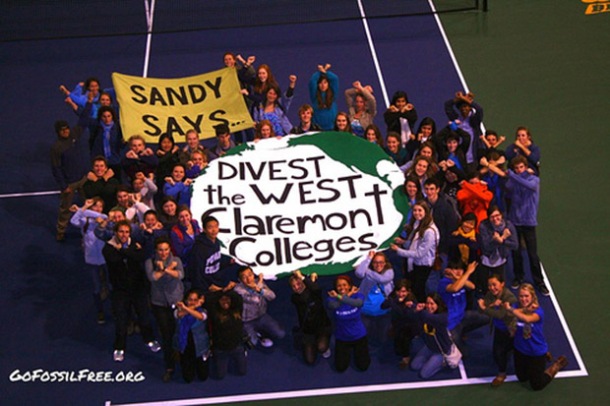(Image source: AQUA Satellite, NASA. Image produced by Dr. Leonid Yurganov)
Steadily increasing Arctic methane emissions over the past decade are a dangerous amplifying feedback to human caused climate change.
This emission is a direct result of a rapid heating of the Arctic caused by human global warming via the ever-increasing volume of CO2 emitted and stored in the Earth’s atmosphere. Since the year 2000, world CO2 levels have risen from about 365 ppm to 396.8 ppm today. This rapid increase in CO2 is driving enhanced heating of the Arctic environment on the order of about one degree Celsius per decade.
The extra heat in the Arctic does work melting glaciers, reducing sea ice, and rapidly reducing spring time snow cover. The result is a warming of the Arctic tundra and sea bed. As these areas warm, methane stored in the frozen permafrost and in methane hydrates on the sea bed are released.
Amplifying Methane Release Adds to Already Difficult CO2 Problem
Since the year 2000, we have seen growing levels of methane release throughout the Arctic. This methane provides an extra push to global warming by adding more heat-trapping gasses on top of already high and rising values of CO2. Over the course of a century, methane provides 20 times the amount of heat trapping by volume compared to CO2. But short-term warming caused by methane is even greater, about 100 times that of CO2. So increasing levels of Arctic methane as a feedback to human-caused warming further amplifies the overall problem of climate change.
The above series of images provides Arctic methane levels from January 21-31 of 2009 through January 21-31 of 2013. As you can see, over this period Arctic methane levels ramped steadily higher, increasing by about 10-20 ppb on average each year. This steady increase provides a substantial additional forcing to an Arctic that is already much warmer than in previous decades.
Increasing Arctic methane levels combine with sea ice melt and early snow melt to create a powerful amplifying feedback over much of the Arctic. And carbon stores in the Arctic are massive. The US National Snow and Ice Data Center estimates that there are 1400 gigatons of carbon locked in Arctic permafrost alone. This volume compares to the 880 gigatons of carbon already put into the atmosphere via human greenhouse gas emissions. Arctic methane hydrates compose at least another 1000 gigatons of carbon. So for even a fraction of this carbon to be released would result in a substantial addition to human-caused warming.
Human Forcing Just Keeps Rising
All these hundreds and thousands of gigatons of methane would have remained locked in frozen storage without the ever-increasing amounts of CO2 we keep dumping into the atmosphere. From February of 2012 to 2013, global CO2 levels increased by 3.2 parts per million, far higher than even for the already high average of 2.2 parts per million each year over the past five years. At 396.8 parts per million, CO2 is now providing a large amount of heat forcing to the atmosphere. And it is this rising level of heat trapping gasses that has set the Arctic environment in motion.
These increased feedbacks through human forcing make the challenge of dealing with human-caused climate change all the more difficult and urgent. From this point forward, the more we push the climate, the more it is likely to respond by contributing its own stores of carbon from sinks that are now in the process of turning into sources. A rapid transition away from the use of fossil fuels is, therefore, necessary to ensure an already difficult problem does not grow worse.
Links:
Top Scientists Speak Out on Growing Risk of Methane Emergency
http://www.esrl.noaa.gov/gmd/ccgg/trends/















